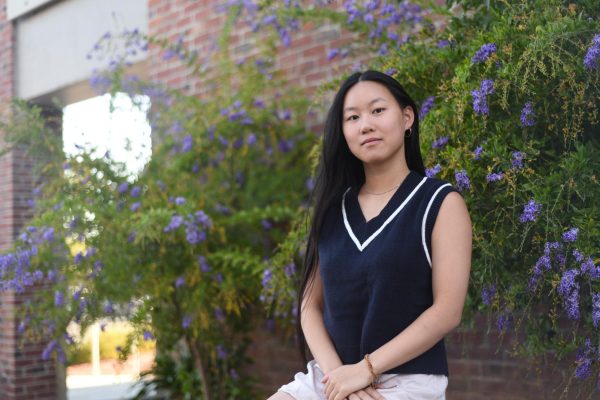MVHS students and staff looked to the sky on April 8 as a total solar eclipse became partially visible from 10:12 a.m. to 12:16 p.m., peaking during third period at 11:12 a.m. Although cities in southern Canada, central Mexico and 14 U.S. states were able to experience the total solar eclipse, Cupertino residents were only able to see approximately 35% of the sun obscured.
A total solar eclipse occurs when the moon passes between the sun and Earth and completely blocks the face of the sun. Compared to the previous total eclipse visible in the U.S. — the “Great American Eclipse” in August of 2017 — Monday’s eclipse had a wider path of totality which included more densely populated regions. Though NASA predicts the next total eclipse will be visible from parts of Europe in 2026, U.S. residents won’t see another total eclipse until 2044.
Kenneth Gan, who advises Leadership and Yearbook and teaches AP Environmental Science, first heard about the eclipse on the news a week prior to the event. As the eclipse reached its peak, he and several of his El Valedor students gathered outside, passing around eclipse viewing glasses.
Though Gan says his students’ reactions were a mixed bag, with some of the class choosing to stay inside, he enjoyed looking at the eclipse with interested students.
“This year was a little bit more low-key than 2017 because the amount of the sun that was actually covered was less this time,” Gan said. “It was still a really cool experience to be able to see a remarkable natural phenomenon like that.”
During the 2017 eclipse, which occurred while Gan was teaching a science class, he recalls explaining what was happening and leading his students outside to see the eclipse. He says his experience as a science teacher helps him understand the science behind eclipses better, which he enjoys sharing with his students.
Gan says he’s inspired to watch out for the next total eclipse so he can plan a trip to be in the path of totality. He’s seen videos and heard about people’s experiences witnessing a total eclipse, which he wants to see for himself at some point in the future.
“It’s a different experience than what we had — without glasses, it’s just a normal sunny day for us,” Gan said. “If I would have thought about it ahead of time, and actually been able to track those things, I probably would have made a more concerted effort to go.”













